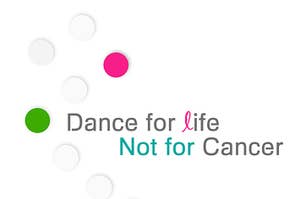
Advancement In Stereotactic Radiosurgery And Benefits To Cancer Patients In India
Stereotactic radiosurgery (SRS) is a form of radiation therapy that focuses high-power energy (X-rays) on a small area of the body. The term radiosurgery is truly a misnomer.

What Is Your Plan For Breast Cancer Treatment?
In our earlier Blog (what types of treatments are available for breast cancer?) we have mentioned different types of Breast Cancer Treatment. Now we are discussing the planning for Breast Cancer Treatment.

What Types Of Treatments Are Available For Breast Cancer?
Several treatment options are available to treat breast cancer.The treatment and the therapy used is subjective to the type of breast cancer and it’s spread to other regions than the breast. Available treatments are surgical intervention, chemotherapy, hormonal therapy, biologic therapy, and radiation.

What Essentials We Need To Know About Head & Neck Cancer?
Head & neck cancer in India is ever increasing menace because of prevalent use of tobacco. Let us start to what is cancer? And what are head neck cancer? Normally, cells grow and divide to form new cells in an orderly way.

Laparoscopy In Oncology – Current Trends
Although it is over a hundred years since the initial development of laparoscopy, it is only in the past three decades that there has been a revolution in the field with surgeries like laparoscopic cholecystectomy becoming the gold standard worldwide.

Blood And Marrow Transplantation Beyond Barriers
Blood and Marrow Transplantation (BMT), which employs the use of Allogeneic hematopoeitic progenitor cells (HPC) from a donor to replace the diseased or defective hematopoeitic as well as the immune system has evolved radically over the last three decades. The indications for Allo-BMT are no longer limited to end-stage leukemias.

Cancer Hospital In India
Choosing a cancer center is an unavoidable decision when one is diagnosed with cancer. Poring over numerous statistics, asking for referrals from friends and family, and researching hospitals in the area can be a daunting task. Many patients feel powerless, scared, and defeated. They face an intimidating medical condition and often don't know where to turn for accurate information, help, and comfort.

Breast Cancer in Nigeria and Treatment Facilities
Cancer is the highest contributor to morbidity and mortality globally. By the year 2020, WHO reports a hike to more than 15 million of cancer cases with over 12 million deaths due to cancer. And the maximum load would be in developing countries like Nigeria. These areas are more so at risk due to higher exposure to tobacco and lifestyle patterns like alcohol abuse, dietary status, industrial exposure and mainly lack of awareness about breast cancer.


